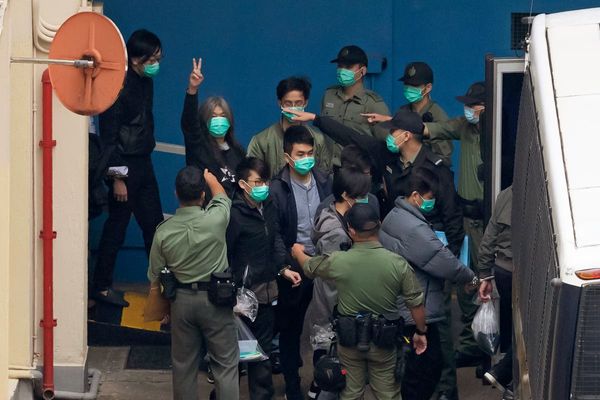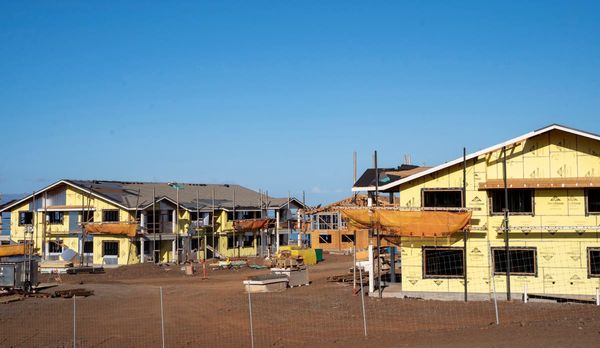
Trinity College Dublin is to return skulls stolen a century ago from the Irish island of Inishbofin, setting a possible precedent for other controversial human remains and artefacts held by the university.
The institution apologised on Wednesday for keeping the 13 skulls that two academic headhunters had robbed from the ruins of a medieval monastery on the island off the coast of Galway in 1890.
“I am sorry for the upset that was caused by our retaining of these remains and I thank the Inishbofin community for their advocacy and engagement with us on this issue,” the provost, Linda Doyle, said in a statement.
She said Trinity would work with the community to return the remains in a respectful way. “I am glad that we have made an evidence-based decision and that our process allowed all points of view to be heard.”
The decision followed years of campaigning led by Marie Coyne, an Inishbofin historian, Ciarán Walsh, an independent scholar and curator, and Pegi Vail, a New York University anthropologist. Coyne welcomed the news, saying she was “over the moon”.
Almost all of the island’s 170 inhabitants had signed a petition demanding the skulls’ return, saying their removal was a colonial-era violation of their ancestors. The campaign was part of a global reckoning that is putting pressure on institutions to return human remains obtained under an academic guise.
Alfred Cort Haddon, an ethnologist, and his student Andrew Francis Dixon, who went on to become Trinity’s professor of anatomy, spirited the skulls to the university as specimens in the name of science and a theory, long discredited, that the islanders were Ireland’s Indigenous people.
They delivered 20 skulls – 13 from Inishbofin and the rest from the Aran Islands and St Finian’s Bay in County Kerry, according to Walsh. He welcomed the decision to return the Inishbofin remains but said the university was still holding the other remains.
“The bad news is, we were unable to achieve the return of the Árann and St Finian’s Bay remains as part of this deal,” he said, adding that Trinity’s announcement was a choreographed projection of institutional power that did not recognise islanders’ unequivocal right to have ancestors’ remains repatriated.
Eoin O’Sullivan, a senior dean who chairs the Trinity legacies review working group, said an evidence-based process had proved its worth and that Trinity would continue to engage with legacy issues on a case-by-case basis.







